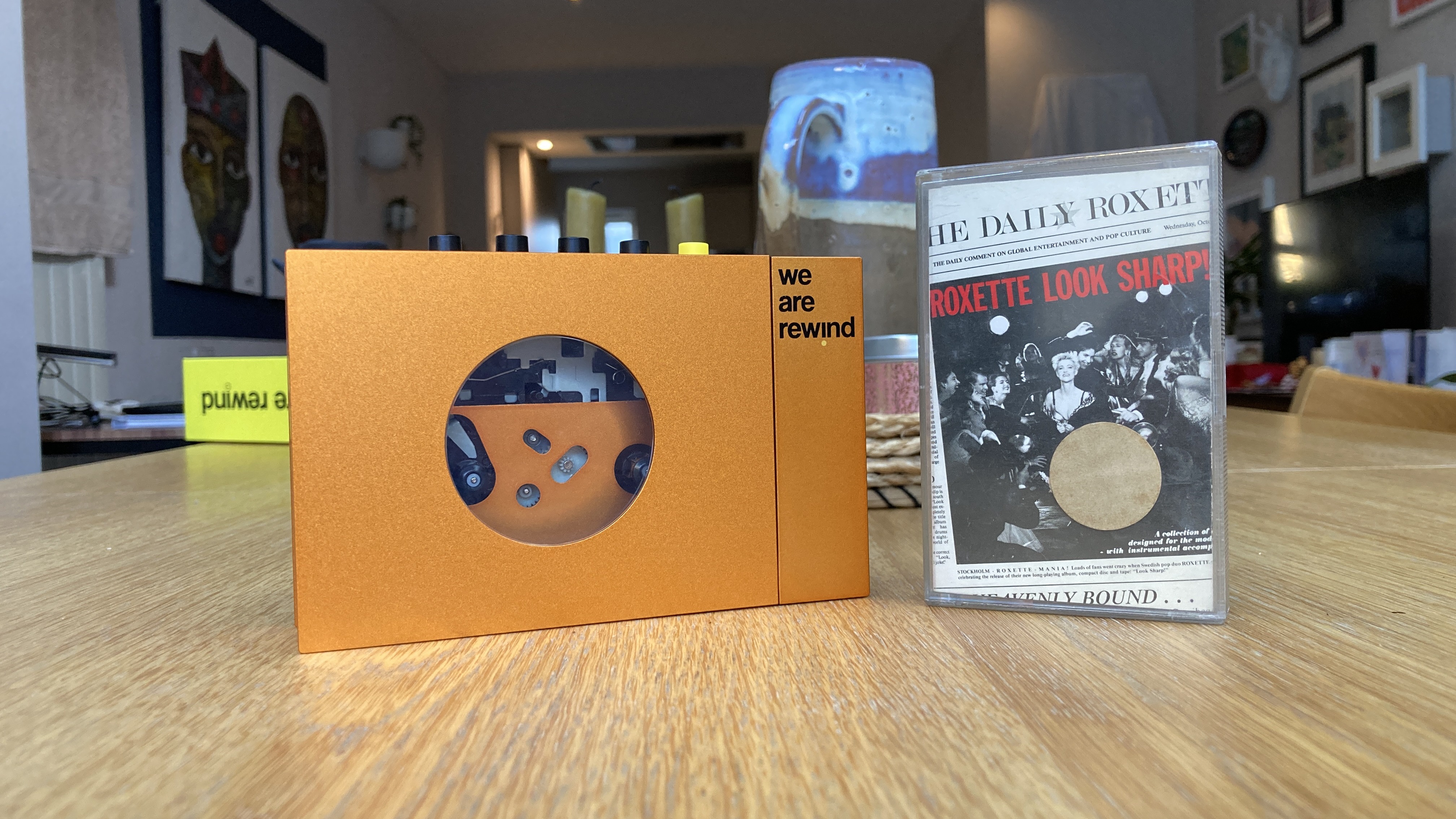Panasonic’s switch to Fire OS for its new TVs might be controversial, but I think it’s a great move
My Home Screen had its charms, but Fire OS is much better

Perhaps the biggest surprise regarding Panasonic’s new Z95A flagship MLA OLED TV (new naming convention aside) is that it will run Amazon’s Fire OS smart platform rather than the company’s own My Home Screen operating system.
To some people, this news seemed to come completely out of the blue, but Panasonic launched a lower-end OLED with Fire OS last year – a heavy hint that it was testing the waters with a view to replacing its own straightforward but slightly creaking platform. While not confirmed (because only the Z95A and its 77-inch Z93A sibling have so far been announced), it’s probably safe to assume that Fire OS will be the default platform for Panasonic TVs for this year and beyond, and while I realise that everything to do with Amazon is viewed dimly by some people, I think this is a great move.
As mentioned, My Home Screen was beginning to creak a bit. Each year it got a little polish and it has always run very smoothly, but there’s also always been a lack of sizzle to the presentation that has never quite been made up for by the admittedly simple and intuitive user experience. More pertinently, though, Panasonic has struggled slightly to tick all of the streaming service boxes. Currently, that frustration is most acutely felt through the fact that Panasonic’s TVs feature the Apple TV+ app, which allows for streaming of Apple’s own movies and TV shows, but not the broader Apple TV app, which also includes a best-in-class pay-as-you-go catalogue of on-demand movies. Frankly, any TV that doesn’t have this is immediately handicapped. Panasonic’s My Home Screen TVs also lack Discovery+ (the new home for TNT Sports, previously known as BT Sport) and Now, so there’s no way to stream sport without adding a separate box, either.
Switching to Fire OS solves all of these problems in one fell swoop.
Amazon’s Fire OS devices, from its streaming sticks to its own Omni QLED TVs, feature pretty much every major app, including Discovery+, Now and, yes, the full Apple TV app. These days it’s also rather pleasant to look at and easy to use. Yes, there’s still a bit of prioritisation given to Amazon’s own content and services, but the company has actually toned that sort of thing back a bit in recent years and the overall recommendation engine is now pretty good, making it quick and easy to find something to watch that is to your tastes.
Arguably, the most pleasing thing about this collaboration between Panasonic and Amazon is just that – that it seems to be a genuine collaboration. TVs that use the rival Google TV platform tend to feel quite disjointed, with the Google OS running on top of and next to the TV’s own operating system, which has its own menus for settings and such. With the Z95A, all of the settings and features that you would expect to find on a Panasonic TV are there, but they’re integrated seamlessly into the Fire OS platform. It feels like a single, unified operating system, right down to the same fonts being used across the board. That all might sound basic to owners of Samsung and LG TVs, which have their own, bespoke operating systems, but it’s a big improvement on the user experience offered by most, if not all, Google TVs.
Of course, whether the Z95A is a great TV or not will depend primarily on its picture quality (for some early impressions on this, check out my Panasonic Z95A hands-on), but the move to Fire OS means there’s one less obstacle between it and major success.
The latest hi-fi, home cinema and tech news, reviews, buying advice and deals, direct to your inbox.
MORE:
These are the best TVs you can buy right now
This is everything you need to know about Micro Lens Array (MLA)
Tom Parsons has been writing about TV, AV and hi-fi products (not to mention plenty of other 'gadgets' and even cars) for over 15 years. He began his career as What Hi-Fi?'s Staff Writer and is now the TV and AV Editor. In between, he worked as Reviews Editor and then Deputy Editor at Stuff, and over the years has had his work featured in publications such as T3, The Telegraph and Louder. He's also appeared on BBC News, BBC World Service, BBC Radio 4 and Sky Swipe. In his spare time Tom is a runner and gamer.

